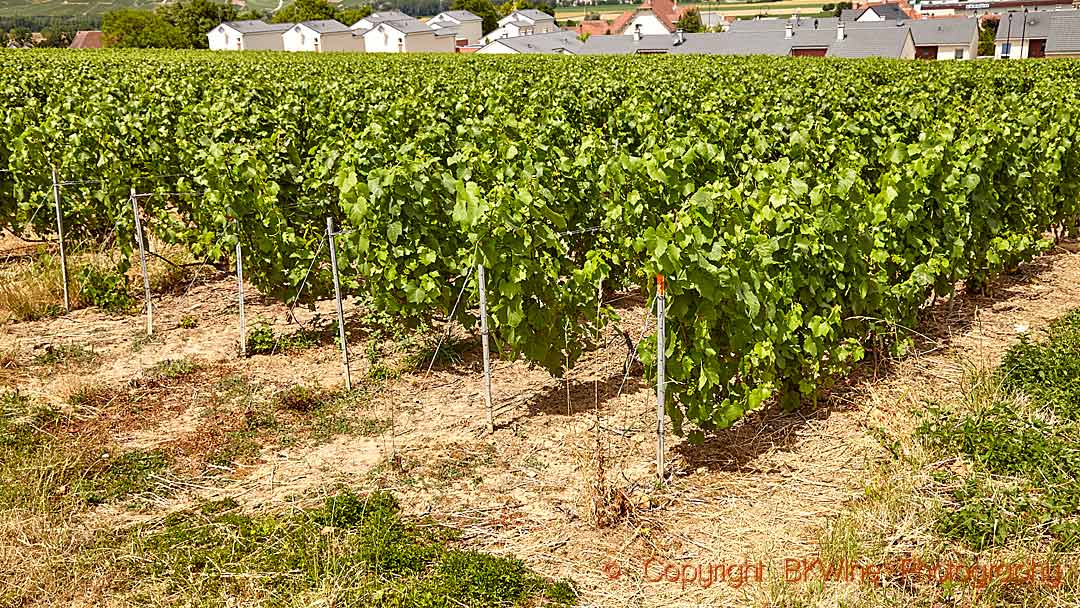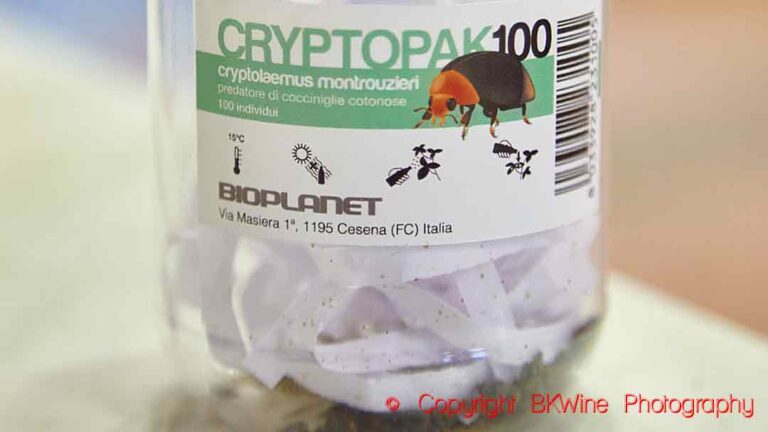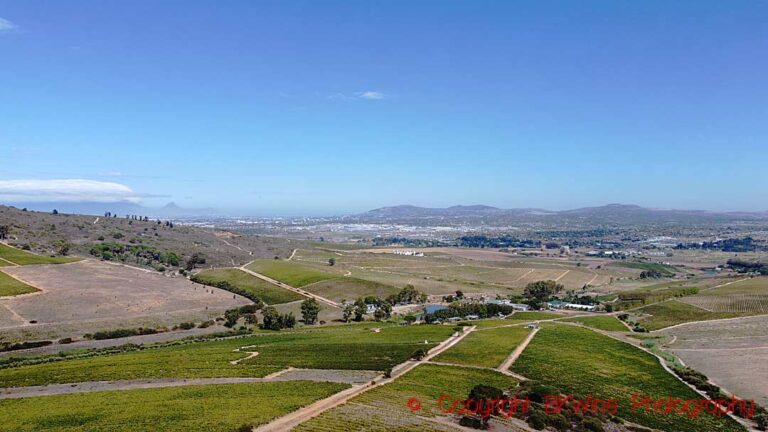The wine industry is very aware that it needs to adapt to cope with climate change. Champagne has been experimenting with lower planting density for some time. Champagne has a high planting density, 8000 vines per hectare. The rules for the region state that there must be a maximum of 1.50 meters between the rows and 90 cm to 1.50 meters between the vines. For more than ten years, experiments have been underway with 4,000 to 5,500 plants per hectare instead of the usual 8000.
Some interesting changes have been seen. It is to be expected that the vines have better resistance to drought. Competition for water is less. More surprising is that the acidity is better preserved in the grapes.
The vines are also less sensitive to spring frosts and the work in the vineyard is easier. Maxime Toubart, president of SGV, Syndicat Général des Vignerons, is positive. Now everyone else involved will have their say, but Toubart hopes the experiment can continue on maybe 2-3% of the surface of Champagne.
Read more: vitisphere
Travel: One way to know more is to travel in Champagne with BKWine.












